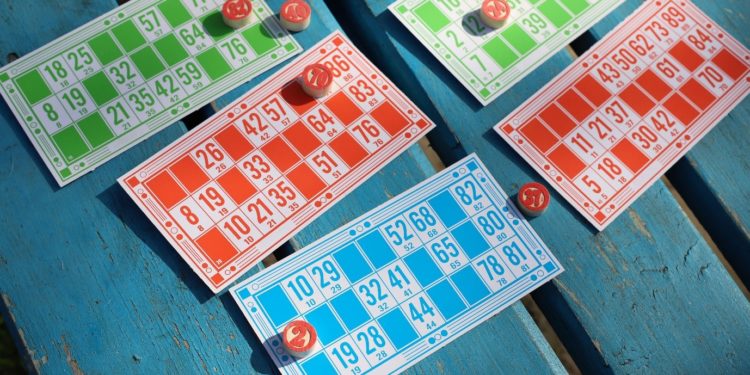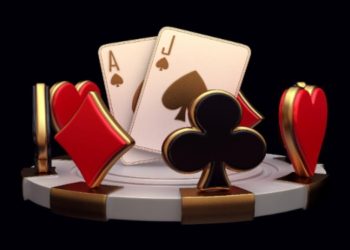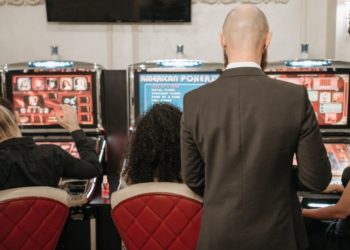Bingo may seem like an invention of the 20th century, but this game actually has a lot more history behind it than you might think. It’s not even an American creation – aside from the name!
The game has changed a fair bit over time, and now, there are plenty of modern variations like Bingo Slots online. So, read on to learn more about where the game of Bingo comes from and how it evolved to become the game we know today.
Bingo’s earliest beginnings
Tracing the exact history of classic games isn’t the easiest task, especially when you’re going back centuries. But what we do know is that Bingo’s most obvious root is a game played in 16th-century Italy.
Il Gioco del Lotto d’Italia first appeared during the 1530s, spreading from town to town across the country. This was more of a standard lottery game compared to Bingo, with players seeing whether their chosen number was drawn that week.
It didn’t look entirely similar to Bingo, but it was from this point that the game began to evolve towards its more modern form. The Italian lottery game proved so popular that it soon crossed national borders, coming to other European countries.
The French Bingo card
Le Lotto was the name the game gained when it came to France. It was here that some important elements were added to the formula, adding extra structure to the lottery.
By the 18th century, Le Lotto was popular among the French aristocracy, played across Paris. Here, we saw the introduction of a 3×9 card to the game’s central components, with players aiming to be the first to mark off all the numbers on their card.
You can definitely see the similarity to modern Bingo emerging here, particularly the 90-ball variety that remains the most common format played in the UK.
Beano to Bingo
The game came to North America in the early 20th century, where it changed names once again to become Beano. This name was taken from the fact that it was played in travelling carnivals and fairs, with players using beans to mark off numbers on their cards.
It wasn’t long before the game caught the attention of New York toy salesman Edwin S. Lowe, who saw its potential. Lowe commissioned a commercial set of the game, along with the creation of thousands of different card combinations.
Here was where the name changed from Beano to Bingo.
Modern Bingo developments
Lowe’s commercial Bingo sets proved a major hit across the United States, increasing recognition of the new name. This helped it to take over as the wider name for the game, even in the UK, where the format looked a little different.
By the 1990s Bingo was ready to continue its evolution with the rise of the internet, moving onto digital platforms. Developers created new varieties such as speed Bingo (played with just 30 balls) and other hybrid games that were suited to online play.
—
Online Bingo looks very different from the lottery games played in those 16th-century Italian town squares. Still, the core of the game remains largely unchanged even as it has evolved over time.












































































